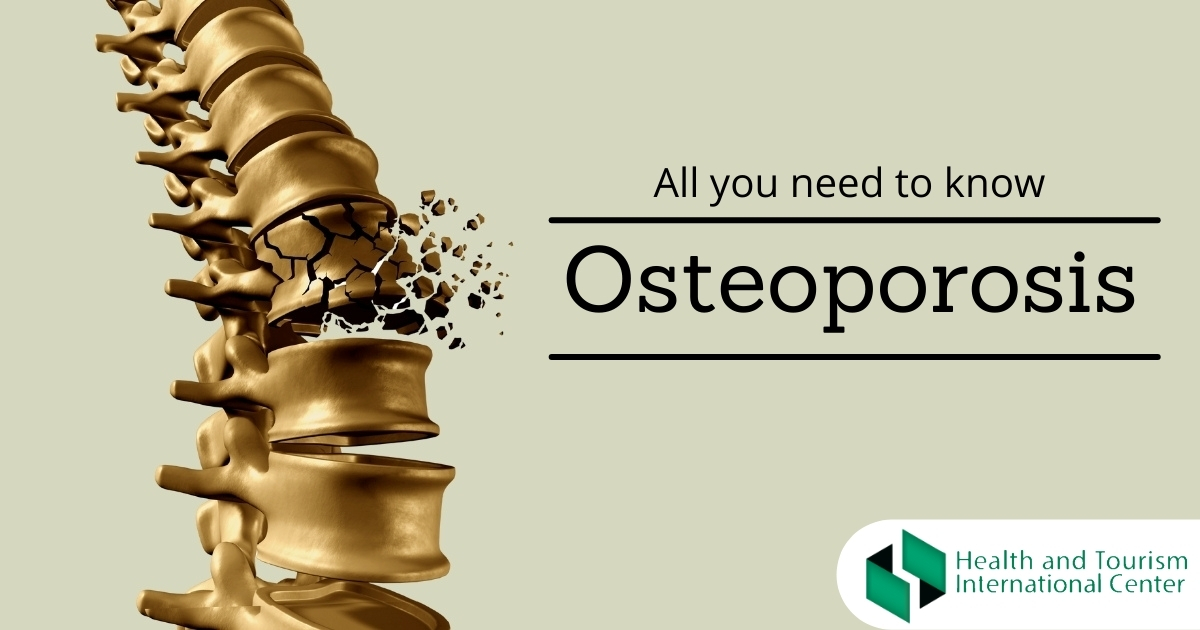What is osteoporosis?
Osteoporosis causes bones to become weak and brittle — so brittle that a fall or even mild stresses such as bending over or coughing can cause a fracture.
Osteoporosis-related fractures most commonly occur in the hip, wrist or spine.
Bone is living tissue that is constantly being broken down and replaced. Osteoporosis occurs when the creation of new bone doesn't keep up with the loss of old bone.
Osteoporosis affects especially older women who are past menopause — are at highest risk. Medications, healthy diet and weight-bearing exercise can help prevent bone loss or strengthen already weak bones.
Symptoms
There typically are no symptoms in the early stages of bone loss.
But once your bones have been weakened by osteoporosis, you might have signs and symptoms that include:
- Back pain, caused by a fractured or collapsed vertebra
- Loss of height over time
- A stooped posture
- A bone that breaks much more easily than expected
Causes
Your bones are in a constant state of renewal — new bone is made and old bone is broken down.
When you're young, your body makes new bone faster than it breaks down old bone and your bone mass increases. Most people reach their peak bone mass by age 30. As people age, bone mass is lost faster than it's created.
How likely you are to develop osteoporosis depends partly on how much bone mass you attained in your youth. The higher your peak bone mass, the more bone you have "in the bank" and the less likely you are to develop osteoporosis as you age.
Peak bone mass is somewhat inherited and varies also by ethnic group.
A number of factors can increase the likelihood that you'll develop osteoporosis — including your age, sex (often in women), family history.
Source:
https://www.mayoclinic.org/diseases-conditions/osteoporosis/symptoms-causes/syc-20351968

